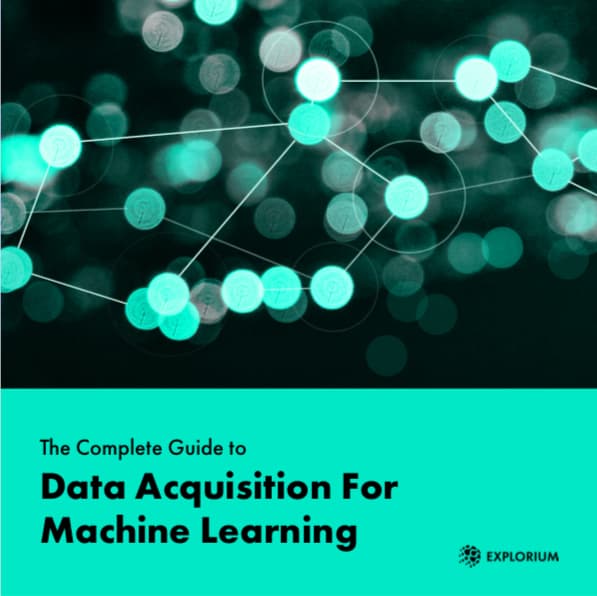Data scientists are constantly challenged with improving their ML models. But when a new algorithm won’t improve your AUC there’s only one place to look: DATA. This guide walks you through six easy steps for data acquisition, a complete checklist for data provider due diligence, and data provider tests to uplift your model’s accuracy.
Editor’s note: This free guide walks you through six easy steps for data acquisition, a complete checklist for data provider due diligence, and data provider tests to uplift your model’s accuracy.
When trying to improve a model’s accuracy and performance data improvement (generating, testing, and integrating new features from various internal and/or external sources) is time-consuming, difficult, but it could be a major discovery and move the needle much more.
The process of data acquisition can be broken down into six steps:
Hypothesizing – use your domain knowledge, creativity, and familiarity with the problem to try and scope the types of data that could be relevant to your model.
Generating a list of potential data providers – create a shortlist of sources (data partners, open data websites, commercial entities) that actually provide the type of data you hypothesized would be relevant.
Data provider due diligence – an absolute must. The list of parameters below will help you disqualify irrelevant data providers before you even get into the time-consuming and labor-intensive process of checking the actual data.
Data provider tests – set up a test with each provider that will allow you to measure the data in an objective way.
Calculate ROI – once you have a quantified number for the model’s improvement, ROI can be calculated very easily.
Integration and production – The last step in acquiring a new data source for your model is to actually integrate the data provider into your production pipeline.
Get the full guide for free here.






